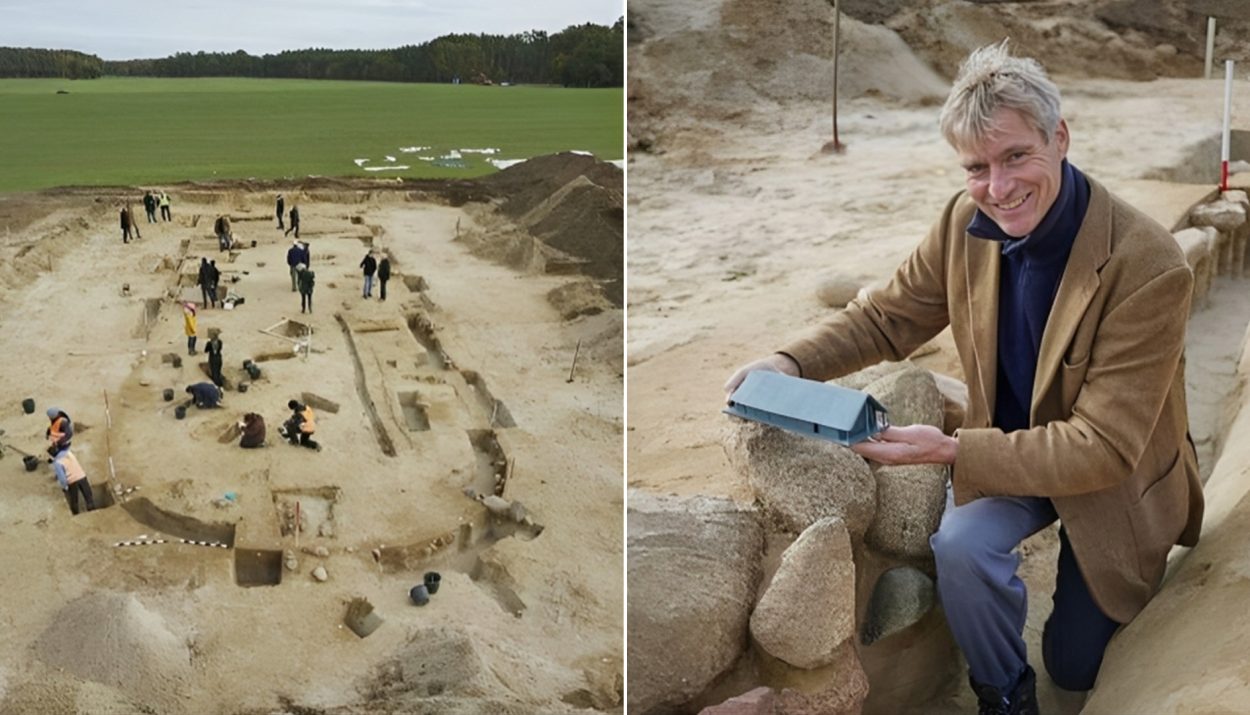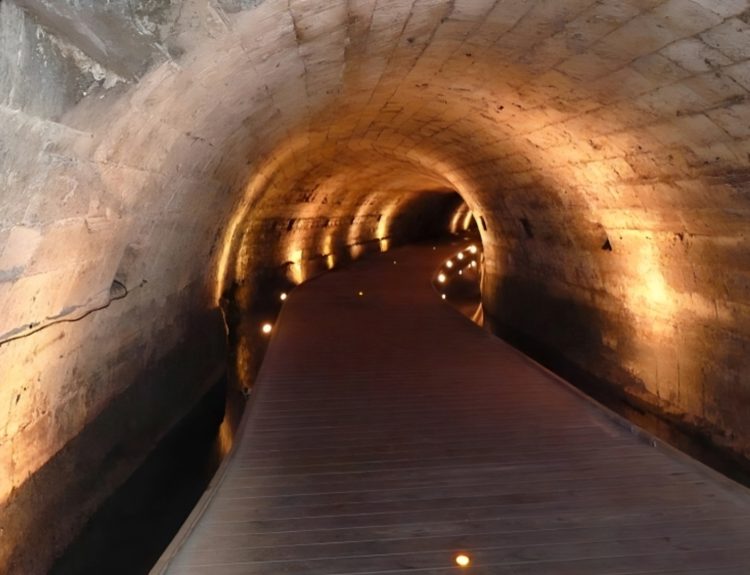Historical finds vary in how old they are, but each discovery opens our eyes to history a bit more. Recently, scientists uncovered a 3,000-year-old hall in Brandenburg that may have belonged to King Hinz or one of his predecessors. The building is unique for the area, making it intriguing. Let’s see what this find means.
The Largest Building Of Its Kind
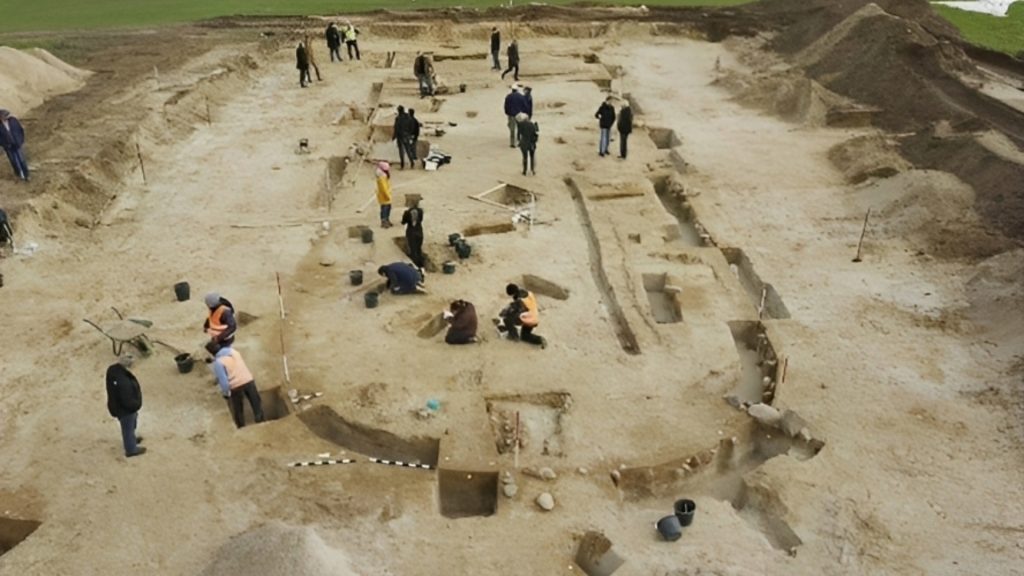
Archaeologists exploring the area of Prignitz stumbled upon a massive structure with dimensions of 31 by 10 meters (102 by 33 feet). The design is rare for a building in this period, which scientists think dates between the 10th and 9th century BC.
The structure comes from the historically rich area of Brandenburg, which has consistently given us clues into life during this period. Near this site is the massive burial mound of Seddin, a royal grave suggesting that this building may have been a meeting hall for the king and his subjects.
The Rumor Of A Golden Casket
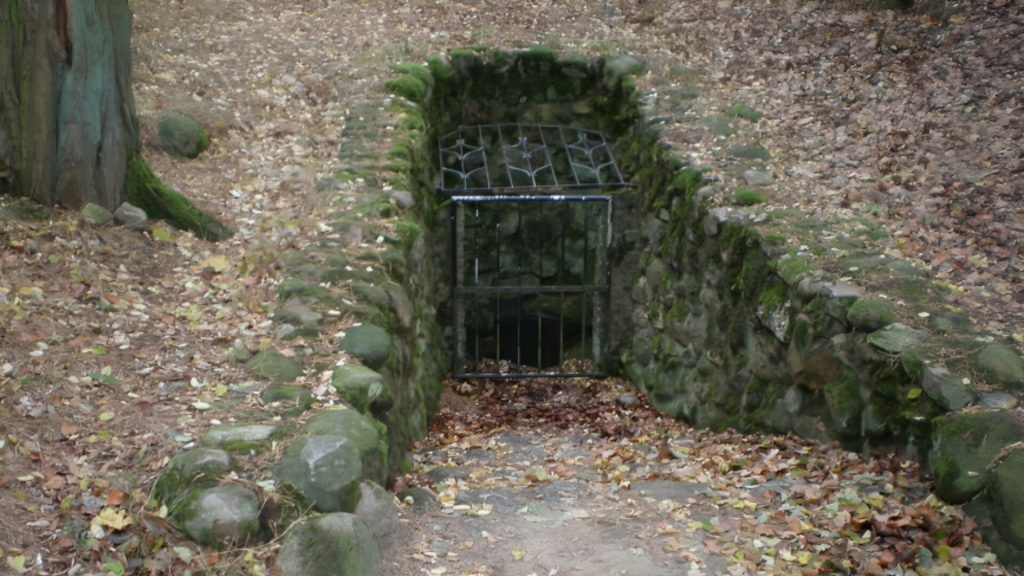
Scientists believe that this hall, dubbed The Hall of Legends by history fans, belonged to a fabled King Hinz, who ruled Prignitz in the past. Exactly when in the past is up for debate since there has been no real evidence of its exact time of existence.
Local rumors from the past have said that King Hinz was buried in a golden coffin to show how important he was to the region’s people. The complex is considered to have been the seat of power for this Nordic Bronze Age king, and each discovery made here tells us a little bit more about him.
More Cultured Than Expected
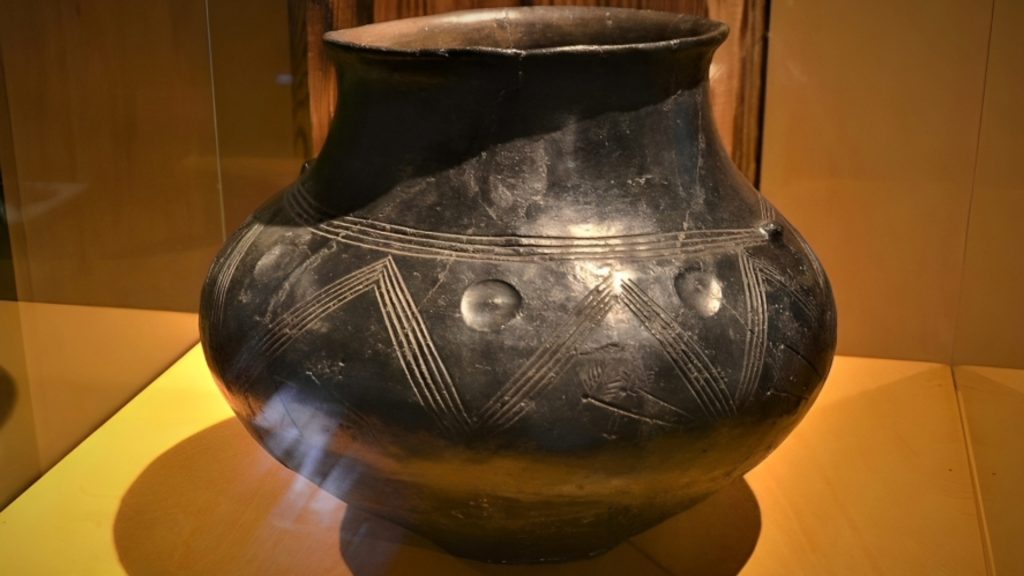
The discovery is unique because it prompts scientists to reconsider what they thought about this settlement. The location of the king’s burial mound (found in 1899) and the hall’s proximity suggest this was a significant center of power for this king – potentially an ancient capital.
The hall is most likely a longhouse of Nordic construction common of the time. However, it is far more expansive than scientists expected. Houses during this period were typically eight meters (25 feet) wide. His structure surpasses ten meters (33 feet) wide, making it a surprisingly colossal construction.
How Old Are We Talking?
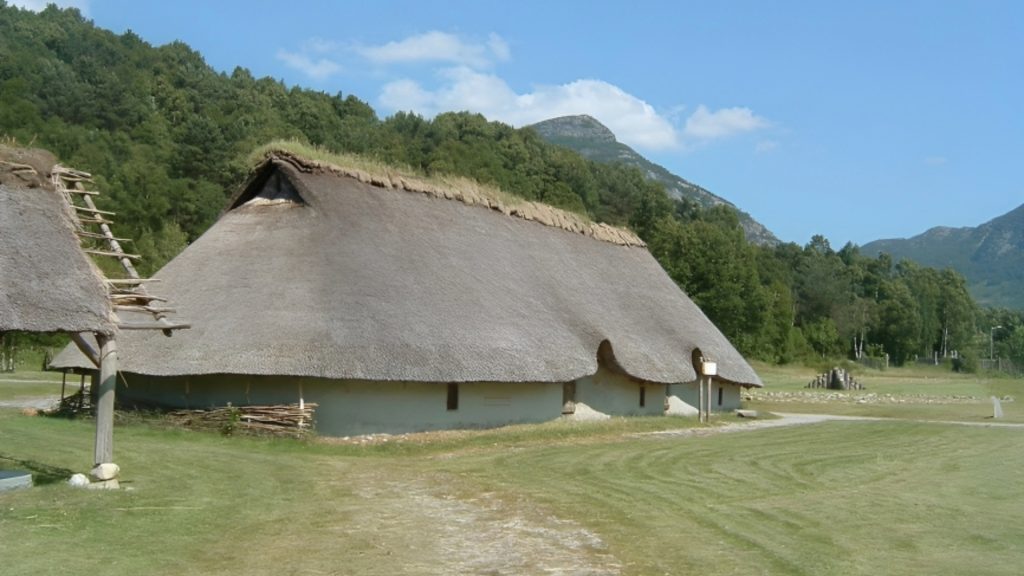
The Nordic Bronze Age, which this settlement existed in, spanned from 1700 B.C. to 550 B.C. Settlements consisted primarily of longhouses like the hall and several four-post structures known as helms. This settlement was typical of other settlements in Denmark and Sweden that shared a similar cultural background.
It’s also assumed that the Bronze Age Nordic culture traded heavily with the Mycenean Greeks, which also flourished during that time. The burial mound at Seddin attributed to King Hinz is referred to as a “Homeric tomb” because of how closely it resembles elite burials in Italy and Greece of the time.
Intriguing Construction Methods

Typically, longhouses constructed in Northern Europe at the time would have walls made of wattle and daub. This construction reflects what the construction technology of the time allowed builders to use. However, this legendary hall seems to have a few peculiarities compared to other buildings.
While most of the walls were built out of the typical wattle and daub, two showed a strange change in technology. They were constructed with piled-up field stones from the Prignitz soil. This suggests these methods may have been copied from builders who lived further south, in central Europe.
A Massive Building With Home Comforts

No ancient king would want to entertain his equals in a substandard hall, and this one showed a lot of effort put into its construction. On the western side of the longhouse, a massive fireplace sat to warm all who would gather under its thatched eaves. A small vessel recovered suggested it was also used for ritual sacrifice.
The building was a towering structure, rising to a height of as much as seven meters (23 feet). The height suggests that the building had multiple floors, possibly for housing grain or living quarters. Some visitors to the longhouse may have been invited to stay over if they were coming from afar.
Not A Farmer’s Residence
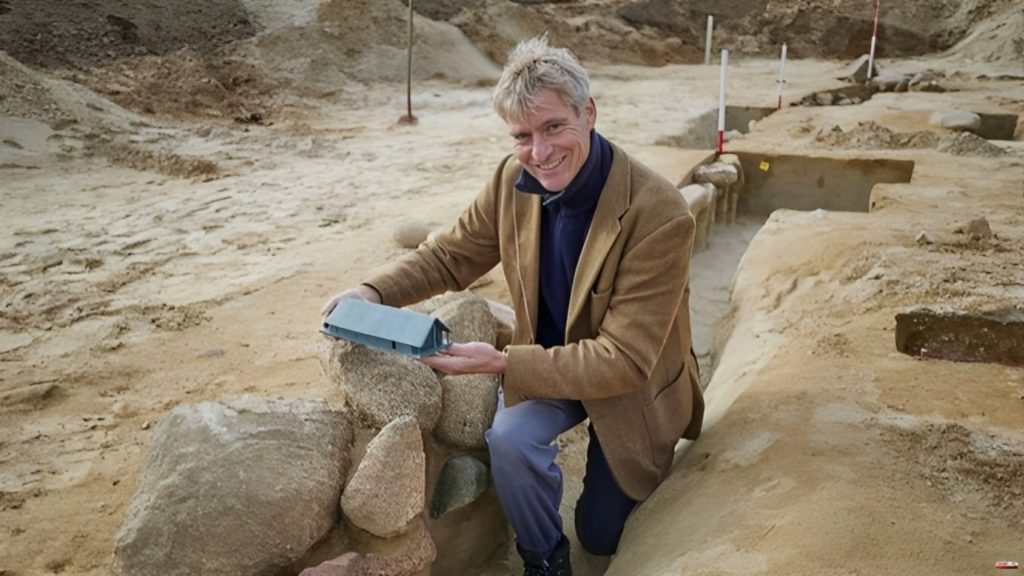
With such a stunning size of building, it might be tempting to believe that it may have been a communal hall for many families. After all, in the Americas, longhouses were used as communal living areas for many families. There are a few things that counter that idea.
“We were overwhelmed by how big this building must have been,” Immo Heske, an archaeologist at the Georg-August University of Gottingen, noted. The luxury of the construction, coupled with the ritual sacrifice container, made it clear that this was not a communal living space but a celebratory hall.
Found By Accident

The entire complex, including the burial mound, was stumbled upon over a hundred years ago. The king’s burial mound was uncovered during construction to build a road in 1899. It was only years afterward that scientists ascribed it to the illustrious King Hinz.
Of the monarchs that lived during this time, we know very little. There isn’t a lot of recorded history, and what we do know comes from stories passed from generation to generation. Yet this building is unique, as only two others near its size have ever been uncovered between Germany and Denmark that share a similar construction date.
Grappling With The Past
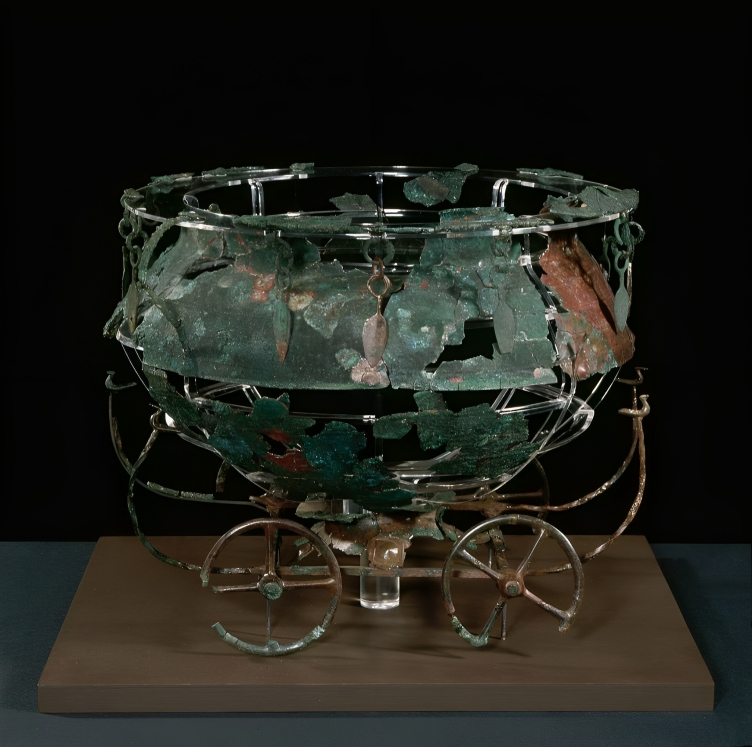
Discoveries like this allow us to explore a period of history we know absolutely nothing about. The few glimpses of the Nordic Bronze Age come from artifacts discovered at settlements, but we don’t know how life was back then with any certainty.
Learning about the past means immersing yourself in it. Can you imagine how it must have been to be living in a settlement like this or even visiting it? It might have been the same as a small country farmer visiting London or Paris today – just as busy, breathtaking, and awe-inspiring.

